Applications
A tripod-mounted work light is an area/site lighting assembly that offers complete flexibility to position the flood lights at the desired height and angle. From construction, mining, emergency servicing, industrial and military applications to home renovations and DIY jobs around the house, this versatile work light creates no hassle in providing ample illuminance for optimal task performance.
Whether it is used to provide temporary task lighting for road-side car repairs, deliver extra lighting at the jobsite or workshop, set up a photo shoot, host a backyard barbeque, play soccer at the beach, or light up a campsite, the portable work light delivers a lighting solution that adapts, performs, and survives. Mounting fully adjustable light heads on a telescoping tripod allows for multiple configurations of the light distribution. Both general area lighting and local task lighting are readily achieved.
Design and configuration
The area/site lighting ability of a tripod work light is dictated by the photometric performance and the number of the adjustable light heads mounted on a tripod. While the light heads can be omni-directional lighting systems, the vast majority of them are flood lights which are designed to project a controlled beam of light onto a geometric area.
The introduction of LED technology into floodlighting applications enables lighting design flexibility and optical controllability not available with traditional lighting technology. The small size, optical directionality and high light output of LEDs make it possible to create powerful flood lights that deliver high lumen output with precise optical control while simultaneously achieving a small footprint or low-profile design that minimizes wind load and provides increased stability at the maximum height.
Tripod-mounted LED flood lights come in a variety of form factors, light distribution patterns and lumen packages. The number of lights mounted on the tripod is primarily determined by the light distribution requirement. A multi-light assembly provides extraordinary flexibility to accommodate multi-directional or wire-area lighting needs. Yet it can also create a high intensity beam of light for effective task lighting when multiple flood lights cast light in one direction.
Light source
A tripod-mounted LED flood light is a highly integrated assembly of LEDs, heat sink, driver and optics. The LEDs are typically mounted on a metal core printed circuit board (MCPCB) to form an LED module. The LED package selection defines luminaire product variants such as the correlated color temperature (CCT), color rendering index (CRI) and luminous efficacy. The package platform on which the LEDs are built has a huge impact on the design of the thermal and optical systems of an LED flood light.
The most used types of LEDs are mid-power SMD LEDs and chip-on-board (COB) LEDs. Mid-power SMD LEDs boast a high luminous efficacy due to the use of a reflective cavity. COB LEDs are favored for their high beam uniformity and high flux density. When high flux output, superior lumen maintenance under high thermal stresses, and tight beam control are paramountly important, high power LEDs which are constructed with a high efficiency thermal path and strong resistance to thermal degradation are used to handle the challenge.
A CCT in the range of 4000K to 6500K is typical for jobsite lighting because high CCT lighting promotes concentration and delivers a higher efficacy as compared to low CCT lighting. The color rendering accuracy of the light source depends on the application requirement but often there’s also a need to take the efficacy of the light source into consideration since there is a fundamental tradeoff between the color rendering ability and luminous efficacy of a light source. A minimum color rendering index (CRI) of 80 is necessary to provide an acceptable product.
Thermal management
The performance of an LED is tied to the ability of a lighting system to maintain the junction temperature of the device within the specified temperature limits. In order to obtain the legendary efficacy and longevity out of the LED technology, the waste heat generated at the LED junction must be transferred to the ambient air through a robust thermal path. The LED module is fixed to an aluminum heat sink fabricated using the die casting process. The heat sink conducts heat away from the LEDs and then dissipates the heat into the ambient air through thermal convection. A thermal interface material (TIM) may be placed between the MCPCB and the heat sink to minimize interfacial thermal resistance. The capacity of the heat sink to transfer thermal energy into the ambient air must be scaled to the applied power load.
Housing and optical control
The heat sink also serves as the housing of a flood light. It accommodates a heat and impact resistant tempered glass lens to provide a watertight enclosure for the LED module and other system components. In case there’s a need to narrows the FWHM divergence angle of the beam to an angle less than 120°, luminous flux from the LEDs is usually controlled by a reflector or a reflector array that provides package-level optical regulation for discrete SMD LEDs.
LED driving and dimming
Tripod-mounted LED work lights are available as AC powered systems and battery-operated systems. Some products even come with a dual-power design which allows the lights to operate on battery power when grid power is not easily accessible. Battery-operated work lights are commonly powered by high capacity rechargeable lithium batteries.
Regardless of the power source, the forward current that is used to drive the LEDs must be tightly regulated to ensure optimal LED performance and avoid the premature aging of the LEDs. A constant current LED is provided to support the LED load requirements. Depending on the LED current and operating conditions, the LED driver uses either a linear or switching regulator to create a predetermined magnitude of DC power for the LED load.
AC powered LED flood lights necessitate the use of an AC-DC LED driver which is more complicated than a DC-DC LED driver. The AC-DC LED driver needs to rectify commercial AC power into DC power and converts the rectified DC power into appropriate DC output through a process that involves power factor correction (PFC) and switching regulation. Linear power supplies are used in LED flood lights as well. These lights are generally implemented as a driver-on-board (DOB) system, which allows for an extremely low-profile design.
DOB lights are, however, more vulnerable to overvoltage from surge events and less efficient than LED lights operated by two-stage SMPS LED drivers. In addition to line and load regulation, dimming control is also implemented through the driver circuitry. A dimmable LED driver is configured to interpret control signals and dim the LEDs accordingly when full light output is not needed.
Tripod
A high stability tripod is indispensable for stationary positioning of the flood light(s). The tripod must be sturdy enough to support the load. The use of telescoping tripods offers the ability to set lighting up to the exact height required by an application. Tripod-mounted flood lights are fully adjustable. A quick release system allows the light to be easily detached. A level extension provides increased stability in uneven terrain.

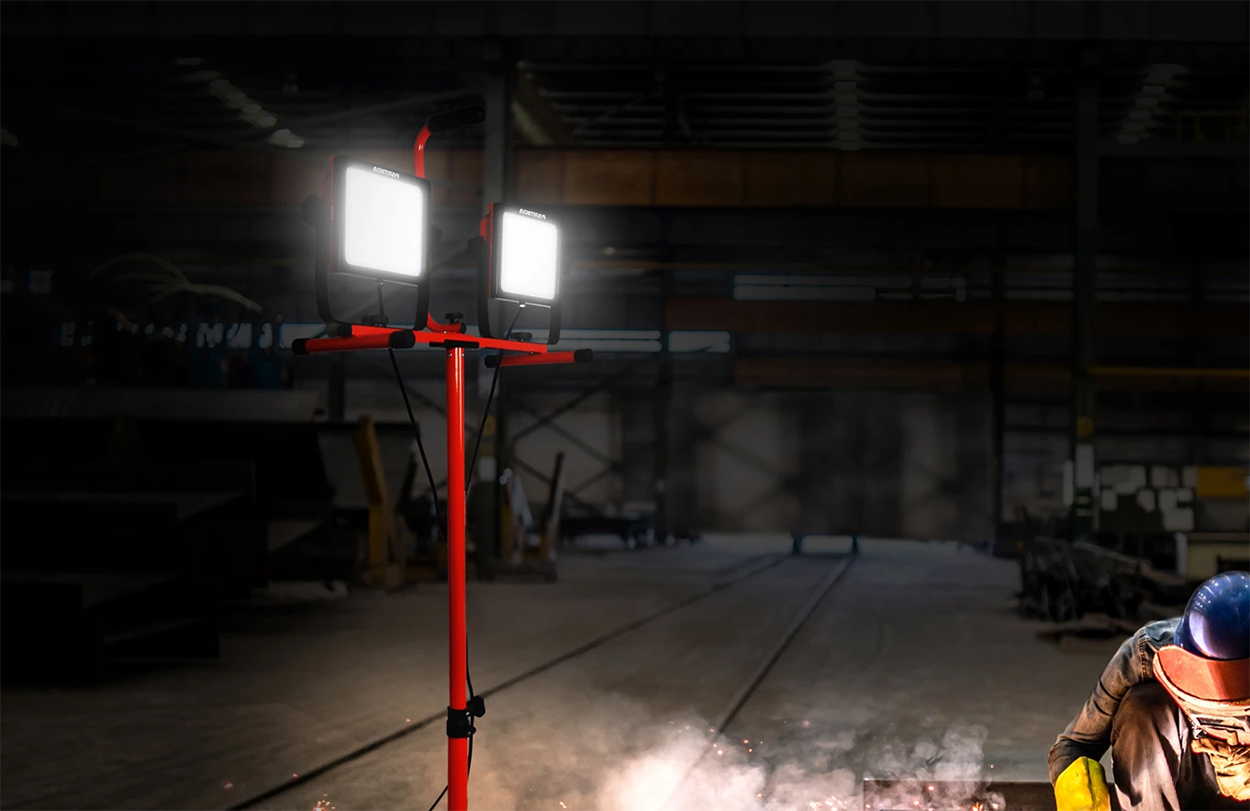
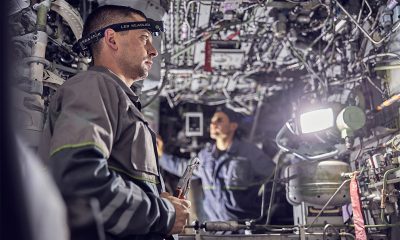
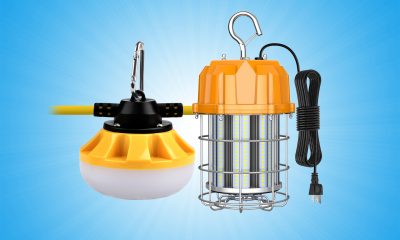

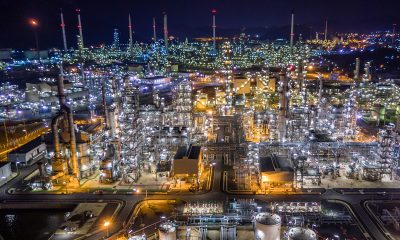
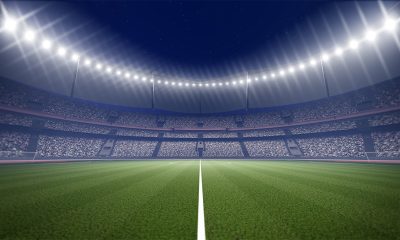
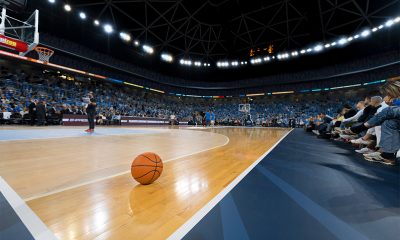
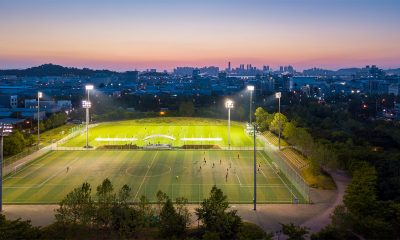
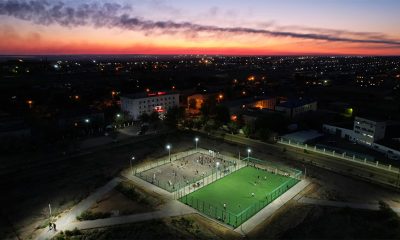

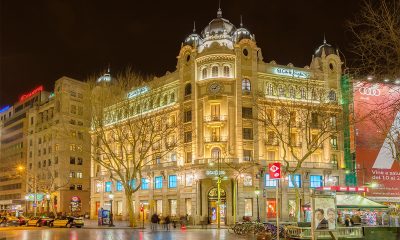

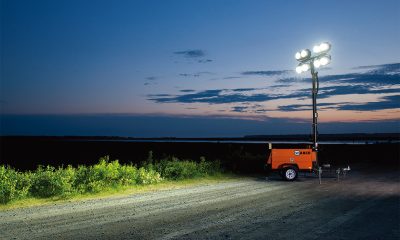





Loading...